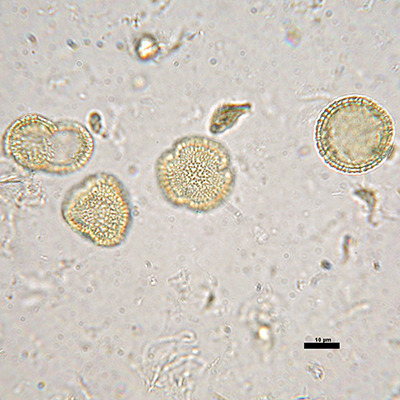Pollen morphology of Olea in the samples will be studied using a light microscope and SEM to give further information on subspecies and cultivar variability, according to a preliminary research (Messora et al. 2017) carried out by the Laboratorio di Palinologia e Paleobotanica. Olive expansion and cultivation is still a tricky question from the genetic, archaeobotanical and palaeobotanical point of view. Nevertheless, high-resolution pollen analysis has proven to be an important tool to trace back the history of olive cultivation and extensive management. Even though pollen from wild and cultivated olives are not easily distinguishable as its morphological characters are not independently discriminant, it has so far been possible to distinguish morphotypes between different present-day cultivars. For this reason, we propose to expand this works to Balearic Olea population including cultivars, wild olive and spiny-cushion supraforestal (above the forest level) olives. Then, potential morphotypes will be applied to on-site and off-site pollen records to follow the history of olive spread in these islands. Negative results will also be published to help further the literature.
